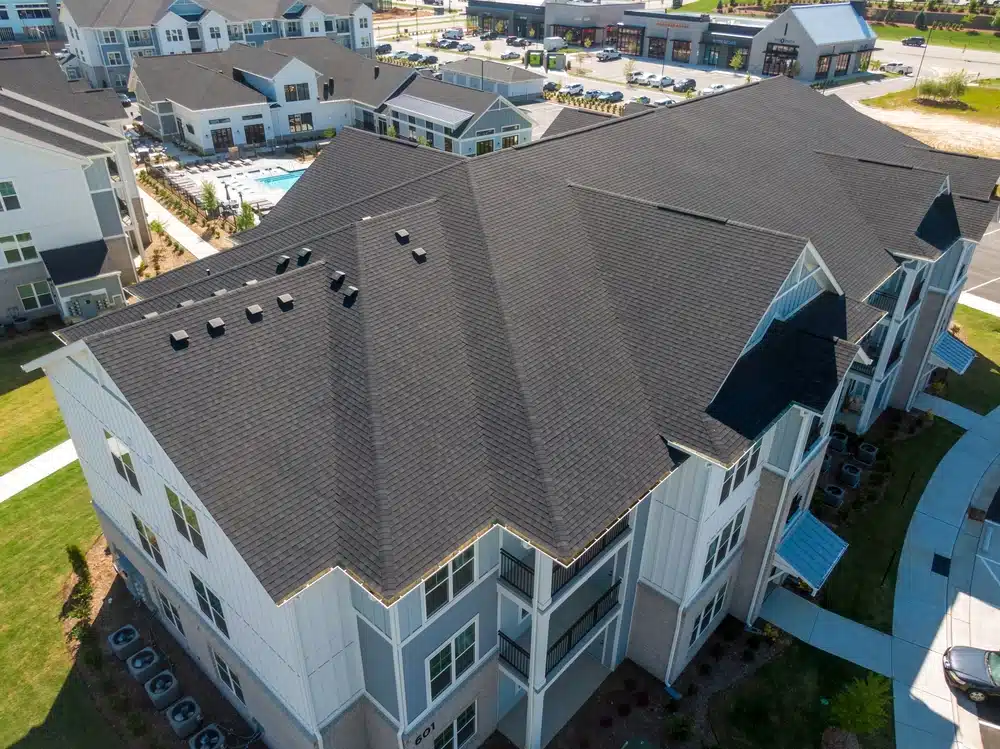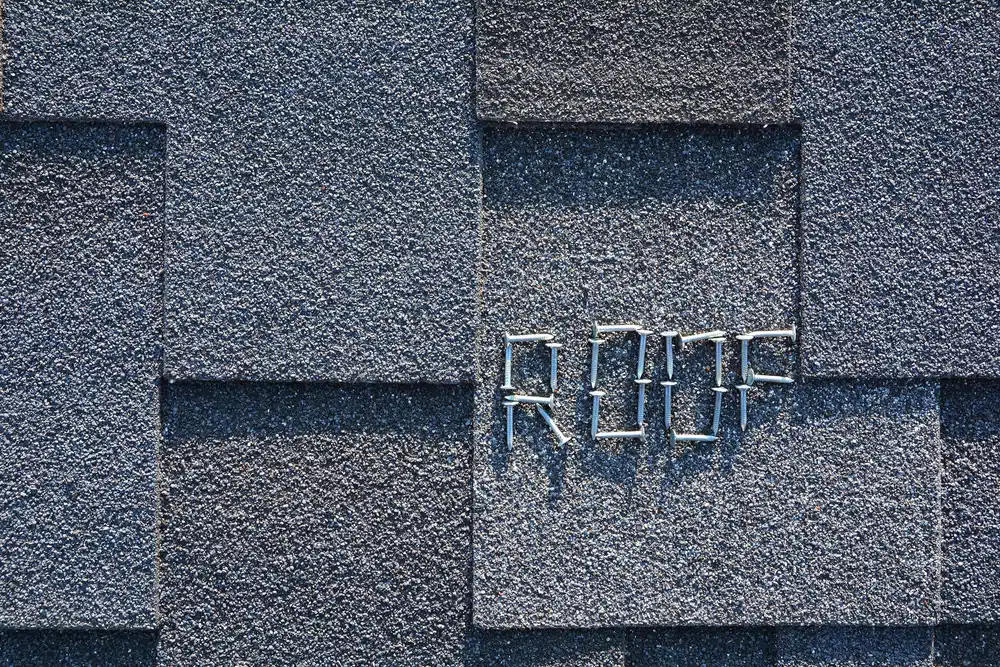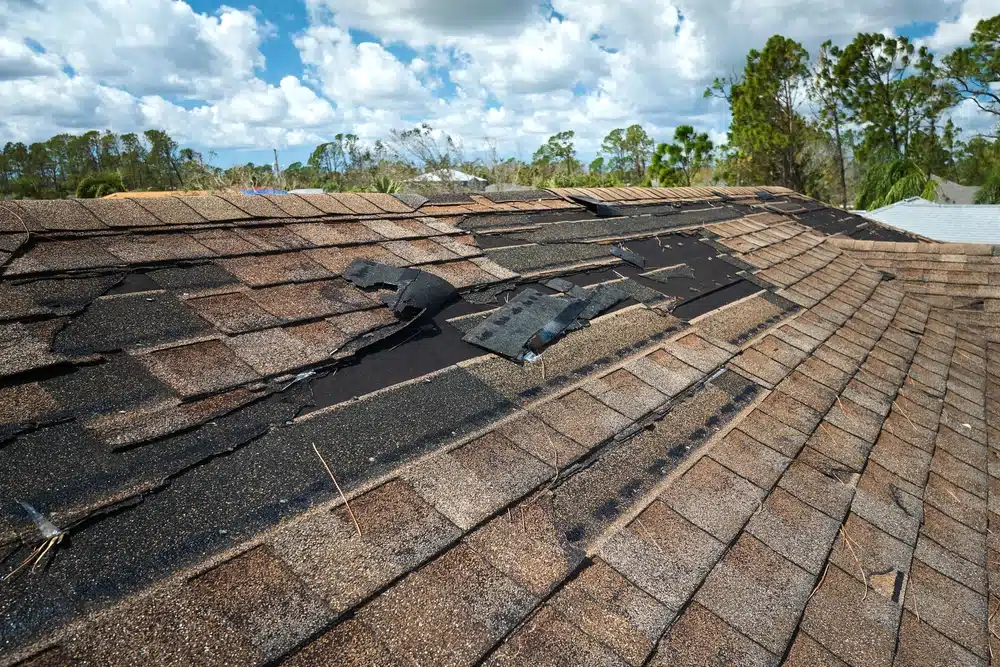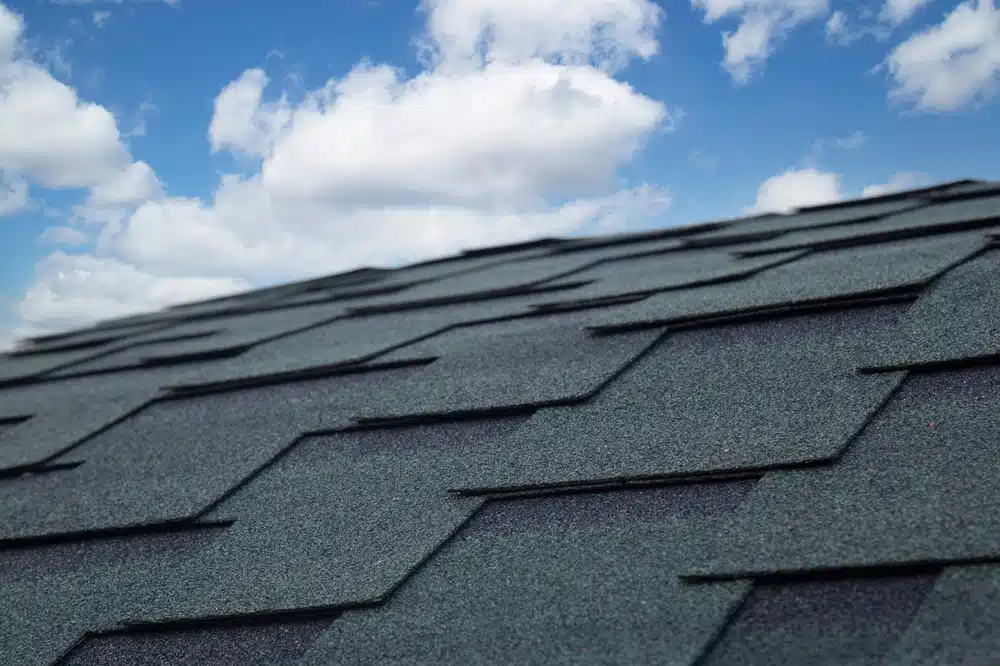The Lifespan of Shingle Roofs: How Long Do They Really Last?
Shingle roofs are a popular choice for homeowners due to their affordability, versatility, and aesthetic appeal. One common question that arises is, “How long do shingle roofs really last?” Understanding the lifespan of shingle roofs and the factors that influence their longevity can help homeowners make informed decisions about roof maintenance and replacement. At CAN Roof, we provide high-quality shingle roof products to ensure our customers receive the best value and durability.
Table of Contents
- Types of Shingle Roofs
- Average Lifespan of Shingle Roofs
- Factors Affecting Shingle Roof Lifespan
- Signs Your Shingle Roof Needs Replacement
- Maintenance Tips to Extend the Lifespan
- The Role of Underlayment in Shingle Roof Longevity
- How Weather Conditions Impact Shingle Roofs
- Professional Shingle Roof Services

Types of Shingle Roofs
There are several types of shingle roofs, each with different materials and characteristics. The most common types include asphalt shingles, wood shingles, and metal shingles.
Asphalt shingles are the most widely used due to their cost-effectiveness and ease of installation. They come in various styles and colors, making them a versatile option for many homeowners. Asphalt shingles are typically made from a fiberglass base mat coated with asphalt and mineral granules.
Wood shingles, often made from cedar, offer a natural and rustic look but require more maintenance than asphalt shingles. They can last longer if properly maintained and are known for their durability and energy efficiency.
Metal shingles provide durability and a modern appearance but come at a higher cost. They are resistant to extreme weather conditions and can last significantly longer than asphalt or wood shingles.
Average Lifespan of Shingle Roofs
The lifespan of shingle roofs varies depending on the material:
- Asphalt shingles typically last 15-30 years. There are two main types of asphalt shingles: three-tab shingles and architectural shingles. Three-tab shingles are the most affordable and have a shorter lifespan, while architectural shingles are thicker, more durable, and can last longer.
- Wood shingles can last 20-40 years with proper maintenance. Cedar is the most common wood used for shingles due to its natural resistance to decay and insects. Regular maintenance, such as cleaning and sealing, can extend their lifespan.
- Metal shingles can last 30-50 years. Metal roofs are known for their longevity and resistance to various environmental factors. They require minimal maintenance and can withstand harsh weather conditions, making them an excellent long-term investment.
At CAN Roof, we ensure our high-quality shingle roofs are designed for maximum durability, providing peace of mind for years to come.

Factors Affecting Shingle Roof Lifespan
Several factors influence the lifespan of shingle roofs:
- Quality of materials: Higher-quality shingles generally last longer. Investing in premium shingles can increase the lifespan of your roof and reduce the need for frequent repairs.
- Installation: Proper installation is crucial for maximizing lifespan. Poor installation can lead to early failures. It’s essential to hire experienced and certified professionals to ensure your roof is installed correctly.
- Climate: Extreme weather conditions, such as heavy rainfall, snow, or high winds, can shorten the lifespan of shingles. Regions with harsh climates may require more durable roofing materials to withstand environmental stresses.
- Maintenance: Regular maintenance, such as cleaning gutters and removing debris, can extend the life of shingle roofs. Regular inspections can help identify and address issues before they become significant problems.
Signs Your Shingle Roof Needs Replacement
It’s important to recognize the signs that indicate your shingle roof may need replacement:
- Curling or buckling shingles: This can be caused by moisture absorption or improper installation.
- Missing or broken shingles: Shingles can become loose or damaged due to high winds or impact from debris.
- Granule loss: Asphalt shingles have granules that protect them from UV rays. Loss of granules can indicate that the shingles are nearing the end of their lifespan.
- Leaks or water damage inside the home: Water stains on ceilings or walls can be a sign of a leaking roof.
If you notice any of these signs, it may be time to consider a replacement. Learn more about roof repair services offered by CAN Roof Construction.

Maintenance Tips to Extend the Lifespan
To extend the lifespan of your shingle roof, consider these maintenance tips:
- Regular inspections: Schedule annual roof inspections to identify and address issues early. Professional inspections can help catch potential problems before they lead to significant damage.
- Clean gutters: Keep gutters clean to prevent water damage and ensure proper drainage. Clogged gutters can cause water to back up under the shingles, leading to leaks and damage.
- Remove debris: Regularly remove leaves, branches, and other debris from the roof. Accumulated debris can trap moisture and lead to mold growth or rot.
- Trim trees: Trim overhanging branches to prevent damage to shingles. Falling branches can cause significant damage to your roof, especially during storms.
The Role of Underlayment in Shingle Roof Longevity
Underlayment is a critical component of shingle roofing systems. It provides an extra layer of protection against water infiltration. High-quality underlayment can enhance the durability and lifespan of your shingle roof. For more details on roofing underlayment, visit the services page of CAN Roof Construction.
How Weather Conditions Impact Shingle Roofs
Weather conditions play a significant role in the lifespan of shingle roofs. Extreme temperatures, heavy snowfall, and high winds can all cause damage over time. In regions with harsh weather, choosing shingles designed for durability and scheduling regular inspections are essential.
- UV exposure: Prolonged exposure to UV rays can cause shingles to deteriorate and lose their flexibility.
- Heavy rainfall: Excessive moisture can lead to leaks and water damage if not properly managed.
- Snow and ice: Snow and ice buildup can cause ice dams, which prevent proper drainage and lead to water infiltration.
Professional Shingle Roof Services
Hiring professional roofing services can ensure your shingle roof is installed correctly and maintained properly. CAN Roof Construction offers a range of roofing services, including installation, repair, and maintenance, to help you get the most out of your shingle roof.

The lifespan of shingle roofs depends on various factors, including the type of shingles, installation quality, climate, and maintenance practices. By understanding these factors and taking proactive steps, homeowners can maximize the lifespan of their shingle roofs and protect their investment. CAN Roof provides high-quality shingle roof products to ensure durability and long-term satisfaction. For professional roofing services, consider reaching out to CAN Roof Construction.